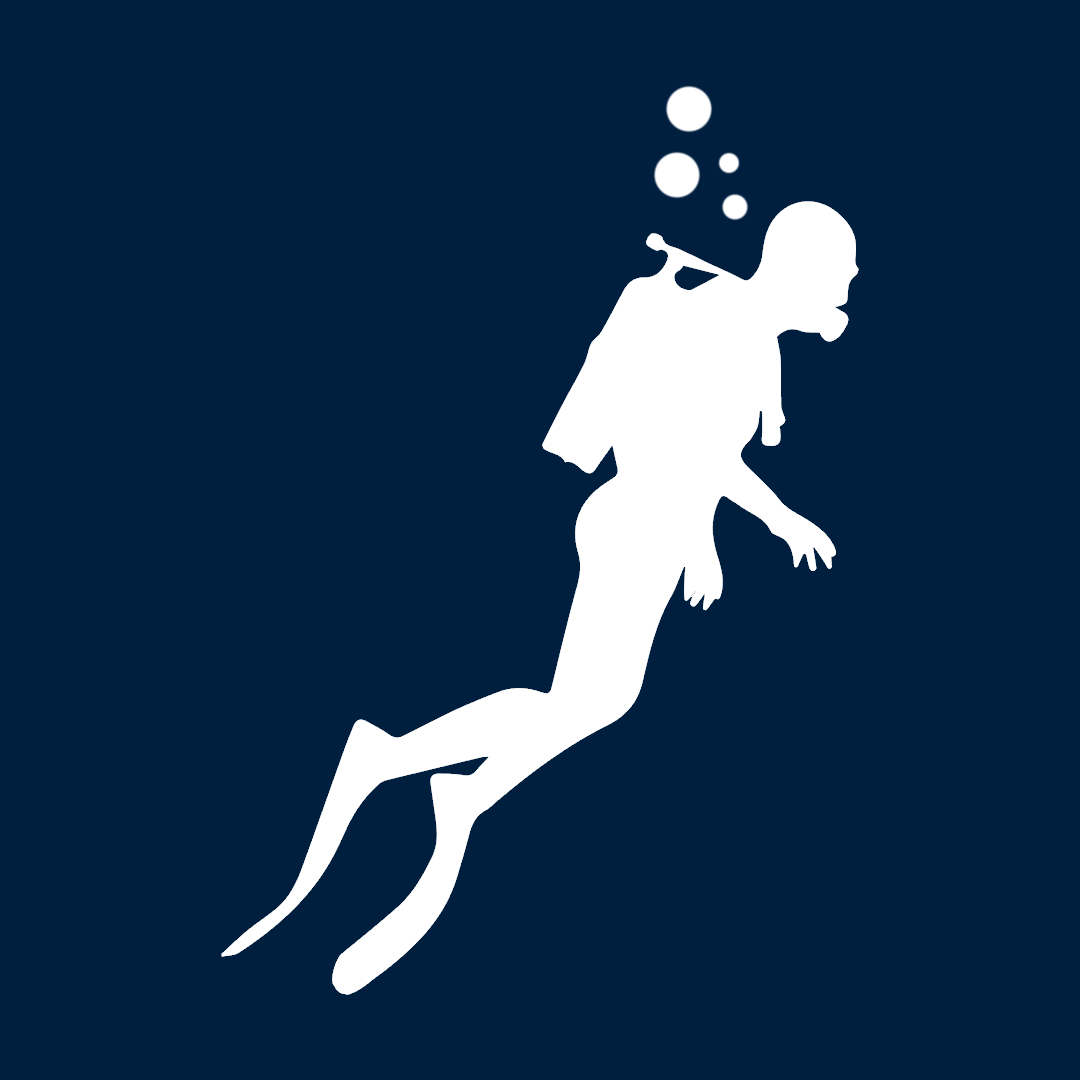Unlock Advanced Snorkeling Techniques for Superior Diving Performance
Advanced Snorkeling Techniques: Taking Your Skills to the Next Level
Snorkeling is not just a leisurely activity; it’s an exciting way to explore the underwater world. However, to truly appreciate the beauty and thrill of snorkeling, you need to go beyond the basics. This is where advanced snorkeling techniques come into play. Whether you’re a seasoned snorkeler looking to improve your skills or a beginner aiming to take your experience to the next level, mastering these techniques can significantly enhance your underwater adventures.
Understanding Advanced Snorkeling Techniques
Before diving into specific skills, let’s clarify what we mean by advanced snorkeling techniques. These techniques encompass a range of skills and strategies that help you navigate underwater environments more effectively. They can include breathing techniques, equipment usage, safety protocols, and the ability to interact with marine life without disturbing their habitat. By learning and practicing these skills, you can enjoy a more rewarding snorkeling experience.
1. Proper Breathing Techniques
One of the most critical aspects of snorkeling is your breathing technique. Many beginners tend to hold their breath or breathe too quickly, leading to panic or discomfort. Advanced snorkelers should practice diaphragmatic breathing, which involves taking deep breaths using your diaphragm rather than your chest. This technique allows for better oxygen exchange and can help you remain calm underwater. Practice this on land, then try it while snorkeling. Over time, you will notice an improvement in your comfort level and dive duration.
2. Streamlined Body Positioning
Another essential component of advanced snorkeling techniques is maintaining a streamlined body position while in the water. Your body should be horizontal, with your legs together and your arms relaxed at your sides or slightly forward. This position reduces drag, allowing you to move more efficiently through the water. Practice swimming with a flutter kick, ensuring your legs are close together and your feet are pointed. This technique will conserve energy and improve your overall snorkeling experience.
3. Using Fins Effectively
Fins are crucial for effective snorkeling, but many people do not maximize their use. Advanced snorkelers should focus on fin techniques that enhance propulsion while minimizing fatigue. Practice the following:
Flutter Kick: This involves a steady, alternating motion of your legs. Keep your legs straight with a slight bend at the knees. The movement should originate from your hips, not your knees.
Scissor Kick: For slower swimming, the scissor kick allows for a gentle glide through the water. This kick involves moving your legs apart and together like a pair of scissors.
Dolphin Kick: Often used in competitive swimming, the dolphin kick involves both legs moving simultaneously. This kick can help you cover more distance with less effort.
4. Utilizing Your Equipment
To excel in snorkeling, understanding and utilizing your equipment properly is vital. Ensure your mask fits well to prevent leaks and provide clear vision. An effective way to test your mask is to place it on your face without using the strap and inhale through your nose. If it holds tight, it’s a good fit!
Moreover, practice using your snorkel. Get comfortable with the breathing process and practice clearing it if water enters. Advanced snorkelers should also consider using a snorkel with a purge valve for easier clearing.

5. Navigating Underwater Environments
Advanced snorkeling techniques also include navigation skills. Understanding how to read currents and identify landmarks can greatly enhance your snorkeling experience. Here are some tips:
Observe Water Movement: Familiarize yourself with how water moves in different areas. Strong currents can affect your snorkeling route.
Use Natural Landmarks: When snorkeling in large bodies of water, use visible landmarks (like rocks or islands) to help orient yourself.
Buddy System: Always snorkel with a buddy. This ensures safety and can enhance your exploration experience.
6. Interacting with Marine Life
Lastly, one of the most rewarding aspects of snorkeling is encountering marine life. However, it’s crucial to practice responsible interactions. Here are a few advanced snorkeling techniques for engaging with underwater creatures:
Stay Calm: Fast movements can scare away fish. Move slowly and smoothly to observe marine life without disturbing it.
Respect the Environment: Avoid touching or disturbing coral reefs or marine animals. Use a camera or snorkel with a longer lens to capture moments from a distance.
Learn About the Species: Knowing the marine species you may encounter can enhance your experience. It allows you to appreciate their behaviors and habitats.
Conclusion
Incorporating advanced snorkeling techniques into your underwater adventures can transform your experience from ordinary to extraordinary. By focusing on proper breathing, body positioning, equipment usage, navigation skills, and respectful interactions with marine life, you’ll elevate your snorkeling skills and gain a deeper appreciation for the underwater world.
Remember, practice is key to mastering these techniques. Take your time, stay safe, and most importantly, enjoy the stunning beauty that lies beneath the waves. Happy snorkeling!

The Snorkel Seeker team is composed of passionate snorkelers, marine enthusiasts, and outdoor adventurers committed to delivering the most reliable and captivating content for all your snorkeling needs.






